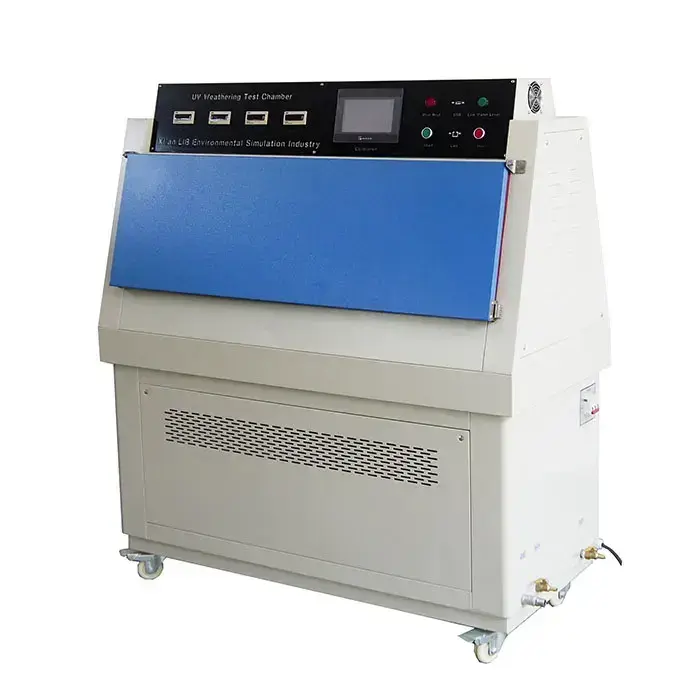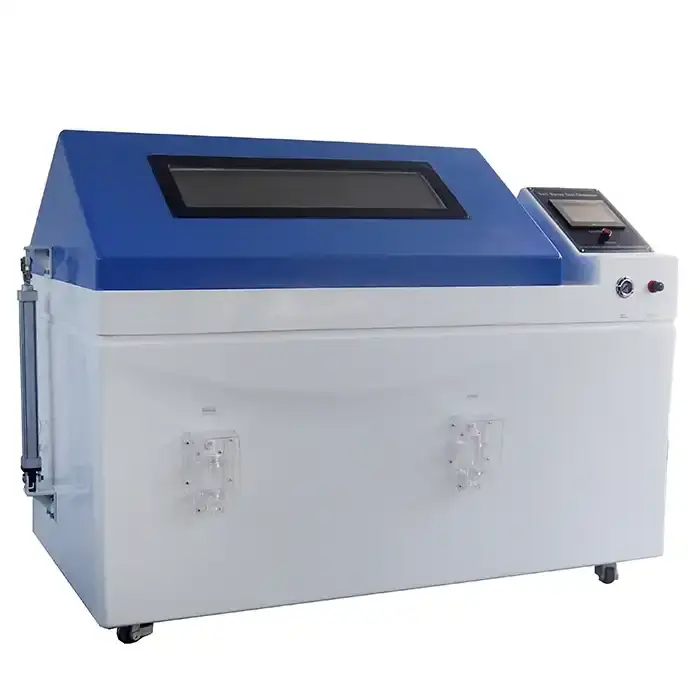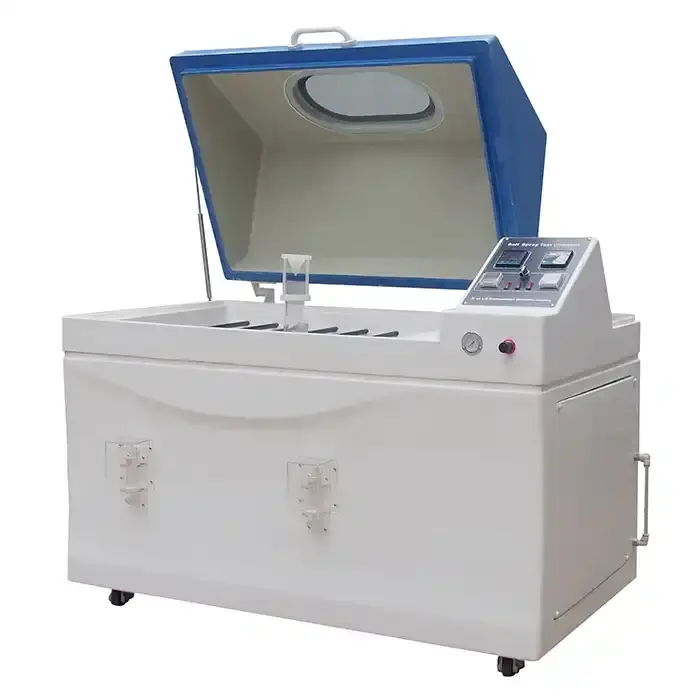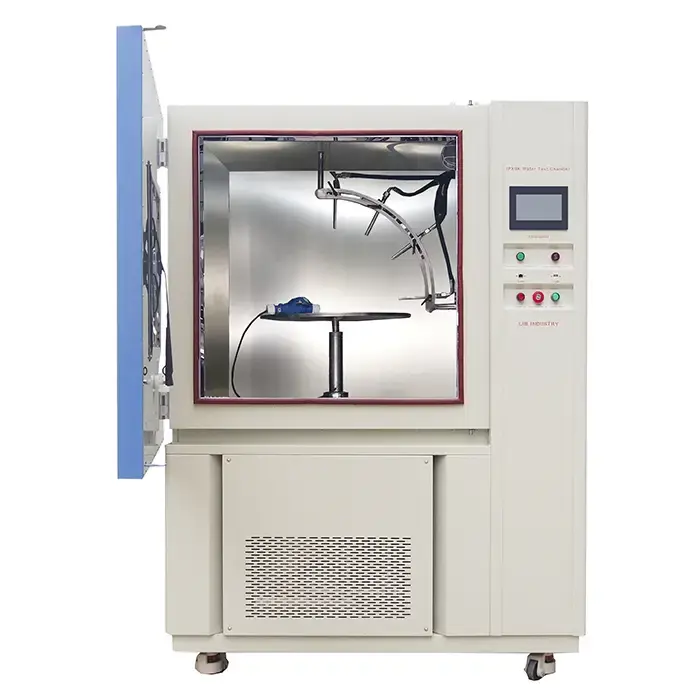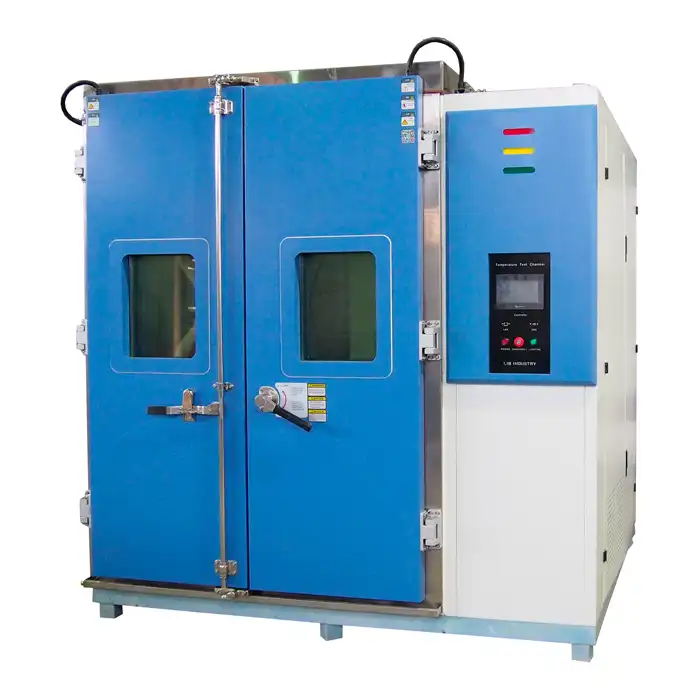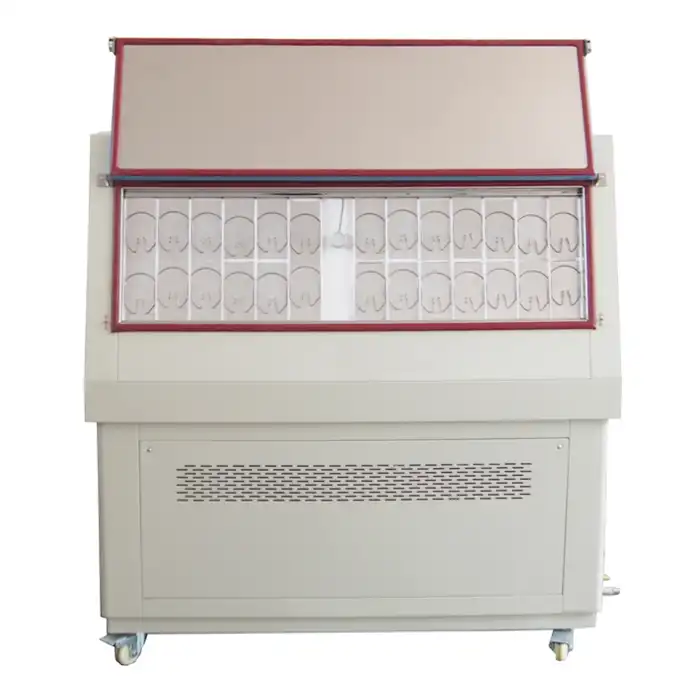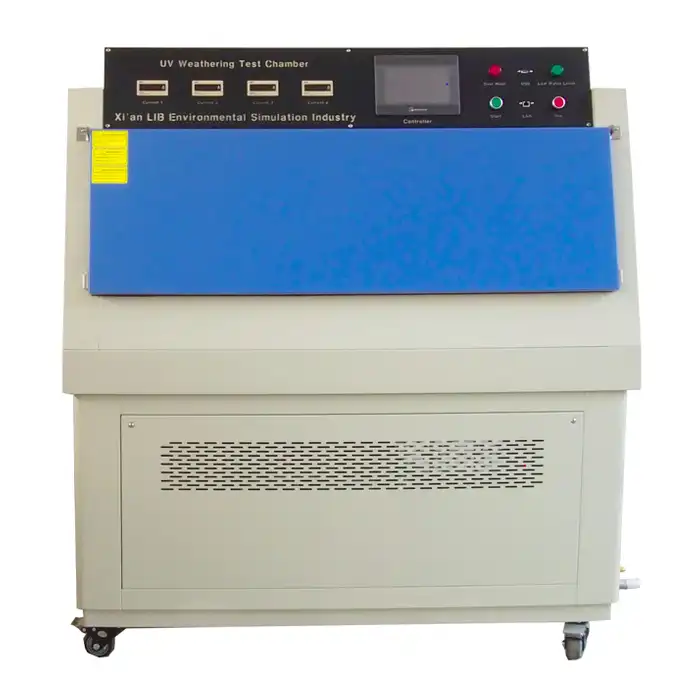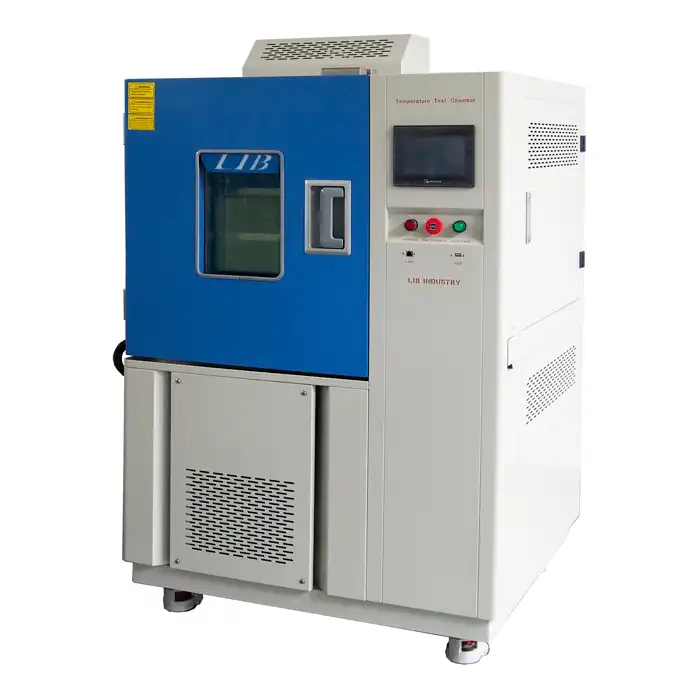What are the specifications of a small environmental test chamber?
Environmental test chambers play a crucial role in various industries, allowing manufacturers to simulate diverse environmental conditions and assess product performance. Small environmental test chambers, in particular, offer a compact solution for businesses with limited space or specific testing requirements. In this comprehensive guide, we'll delve into the specifications of small environmental test chambers, exploring their key features, applications, and benefits.

♦Essential Components of Small Environmental Test Chambers
Small environmental test chambers are sophisticated pieces of equipment designed to replicate a wide range of environmental conditions. Understanding their core components is vital for anyone considering investing in these versatile testing solutions.
Temperature Control Systems
The heart of any small environmental test chamber is its temperature control system. These chambers typically feature advanced heating and cooling mechanisms that allow for precise temperature regulation. High-quality small environmental test chambers can achieve temperature ranges from -70°C to +150°C, with some models offering even more extreme capabilities. The temperature control system often includes elements such as compressors, heaters, and air circulation fans to ensure uniform temperature distribution throughout the chamber.
Humidity Control Units
Many small environmental test chambers incorporate humidity control units to simulate various moisture conditions. These systems can generate relative humidity levels ranging from 10% to 98%, depending on the chamber's specifications. Humidity control is achieved through a combination of water reservoirs, atomizers, and dehumidifiers, allowing for accurate replication of diverse climatic conditions.
♦Key Specifications of Small Environmental Test Chambers
When evaluating small environmental test chambers, several crucial specifications should be considered to ensure the equipment meets your testing needs.
Chamber Volume and Dimensions
Small environmental test chambers typically have internal volumes ranging from 50 liters to 1000 liters. The exact dimensions can vary depending on the manufacturer and model, but these chambers are designed to be compact and space-efficient. It's essential to consider the size of the products you'll be testing and choose a chamber with appropriate dimensions to accommodate your samples comfortably.
Temperature and Humidity Range
The temperature and humidity ranges are critical specifications for any small environmental test chamber. High-performance chambers can achieve temperature extremes from -70°C to +180°C, with some specialized models offering even broader ranges. Humidity control typically ranges from 10% to 98% relative humidity, although this can vary depending on the chamber's capabilities and the ambient conditions.
Ramp Rates and Stability
Ramp rates refer to how quickly the chamber can change temperature or humidity levels. Advanced small environmental test chambers can achieve temperature ramp rates of up to 5°C per minute or more. Stability is equally important, with high-quality chambers maintaining temperature variations within ±0.5°C and humidity variations within ±3% RH. These specifications ensure accurate and repeatable test conditions.
♦Applications and Benefits of Small Environmental Test Chambers
Small environmental test chambers offer numerous advantages and find applications across various industries. Understanding their potential uses can help you determine if a small environmental test chamber is the right solution for your testing needs.
Industry-Specific Applications
Small environmental test chambers are versatile tools used in diverse sectors. In the electronics industry, they're employed for testing components under extreme temperatures and humidity levels. Automotive manufacturers use these chambers to evaluate the performance of vehicle parts in different climatic conditions. The pharmaceutical industry relies on small environmental test chambers for stability testing of drugs and medical devices. These chambers also find applications in aerospace, materials science, and consumer goods manufacturing.
Space and Cost Efficiency
One of the primary benefits of small environmental test chambers is their compact size. These chambers are ideal for laboratories or production facilities with limited floor space. Their smaller footprint also translates to lower energy consumption, reducing operational costs compared to larger chambers. Additionally, small environmental test chambers often have a lower initial investment cost, making them accessible to a broader range of businesses and research institutions.
Flexibility and Customization
Small environmental test chambers offer a high degree of flexibility in testing protocols. Many models feature programmable controllers that allow users to create complex test cycles, simulating real-world conditions or accelerated aging scenarios. Some chambers can be customized with additional features such as vibration testing capabilities, salt spray systems, or specialized gas injection systems, further expanding their testing potential.
♦Conclusion
In conclusion, small environmental test chambers are powerful tools for simulating diverse environmental conditions in a compact, efficient package. By understanding their key specifications, components, and applications, you can make an informed decision when selecting the right chamber for your testing needs. Whether you're in electronics, automotive, pharmaceuticals, or any other industry requiring environmental testing, a small environmental test chamber can provide valuable insights into product performance and reliability.
Contact Us
If you're interested in learning more about our range of small environmental test chambers or need assistance in selecting the right model for your specific requirements, don't hesitate to reach out. Contact us at info@libtestchamber.com, and our team of experts will be happy to guide you through the selection process and answer any questions you may have.
References
1. Johnson, A. (2021). Environmental Testing: Principles and Applications. Oxford University Press.
2. Lee, S. H., & Park, J. W. (2019). Advances in Small-Scale Environmental Testing. Journal of Materials Science, 54(15), 10489-10502.
3. Thompson, E. M. (2018). Environmental Simulation Techniques for Product Development. Springer.
4. Garcia, M. A., & Rodriguez, F. (2017). Optimizing Environmental Test Chamber Performance. Quality Progress, 50(8), 42-48.
5. Brown, D. K. (2016). Environmental Testing in the Electronics Industry: Challenges and Solutions. IEEE Transactions on Components, Packaging and Manufacturing Technology, 6(9), 1382-1394.
6. Smith, R. L. (2020). Handbook of Environmental Chamber Design. CRC Press.



